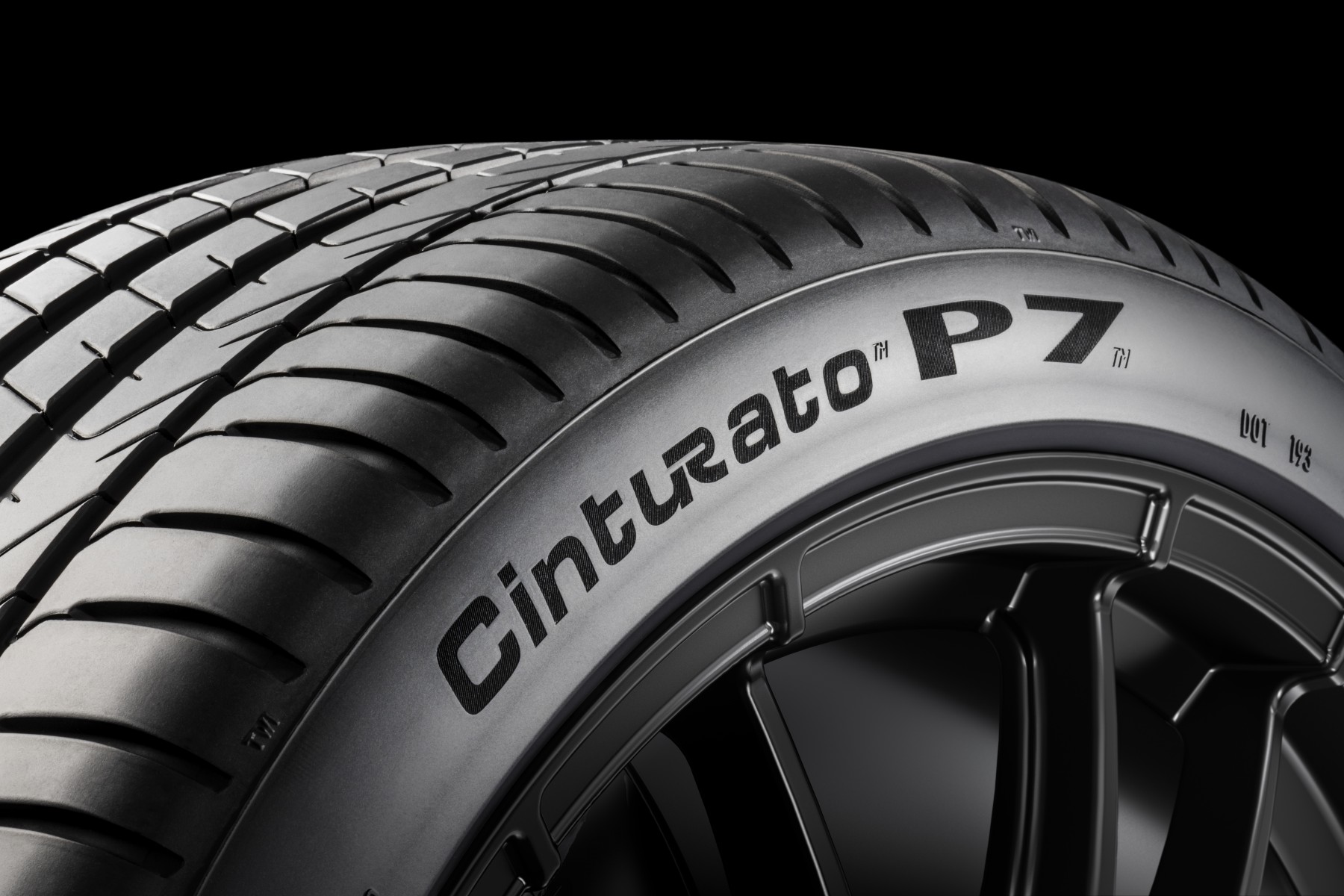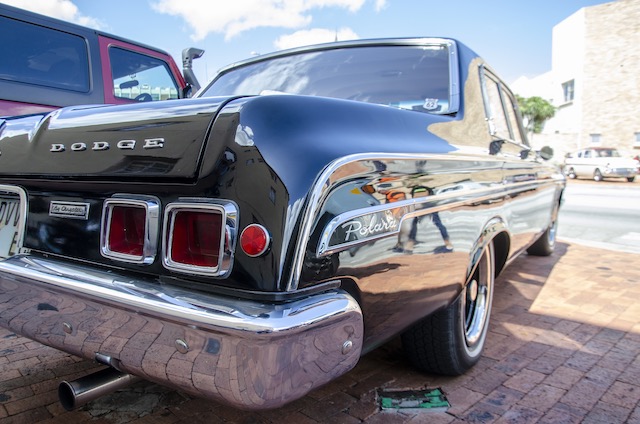There are only four patches of contact between you and the road. No matter what car you’re driving, how fast or sophisticated it might be, those four contact patches are still all that remains between you and the ground. Tyre maintenance can save you. Trying to avoid breaking the bank in maintaining your car and prolonging the life of your car’s tyres, we have a few tips and tricks for you on tyre care.
Maintaining your tyres is a priority. Blowouts, uneven wear, unbalanced wheels and slow punctures can cause accidents and can be rather costly items to replace in the middle of the month when you least expect it. A few minutes of due diligence once a month can save you a lot of money and time later on.
We have identified 7 areas which deserve your attention to maintaining your car’s tyres in the best condition to last you their full lifespan with hassle-free service.

Air Pressure:
Checking your car’s tyres’ air pressure is the easiest of the tyre maintenance tasks to perform. An under- or over-inflated tyre can impact on your car’s fuel consumption and adversely affect its handling. In fact, most tyre-related accidents are the result of under-inflated tyres resulting in blowouts.
Most cars feature an infographic pasted on the inside of the door well offering your car manufacturer’s tyre inflation guide. It usually denotes the air pressures for different tyre sizes and for load-carrying conditions. Stick to those figures – the manufacturer has thoroughly tested that model for hundreds of thousands of kilometres over an insane amount of different road surfaces and in weather conditions, so those figures printed on the infographic are the result of expert findings. Don’t take them lightly.
Should your car’s door well not feature that, and you don’t have your car’s owner’s handbook at hand, take a look at the sidewall of your car’s tyre. It will also indicate their recommended minimum and maximum air pressure guides. As we’ve already mentioned, stick to those figures.
Prior to each long road trip or when refilling your car’s fuel tank, ask the fuel station attendant to assist you in checking your car’s tyre air pressures. We’d actually recommend doing this at least once a week if your car undertakes long commutes. For that, you can thank our local road conditions: the many potholes, debris, crumbling shoulders and lanes, bridge joints and drainpipe manhole covers for not only giving us stains in our jeans with each strike, but they also dent and weaken our wheels and can cut our tyres.

A number of modern cars feature tyre pressure monitoring systems that detect air pressure loss in our car’s tyres. The moment that light flashes up on your dashboard, don’t reset the display – head to your nearest fuel station to inspect the cause of that warning and either re-inflate the tyre or take it for servicing at a tyre fitment centre. Pro Tip: check all four tyres (and your car’s spare in the boot) while you’re there and then re-set the tyre pressure monitor system.
Don’t overinflate your car’s tyres either. That can have a detrimental effect on your car’s handling and on the wear of the tread. What it does it causes a ‘ballooning’ of the tyre to actually decrease the footprint of the tyre on the ground. Dangerous, indeed!
Tread Depth:
You’re not a Formula 1 racer. Your car doesn’t need “bald” tyres for more grip. The legal limit for a tyre’s tread depth is 1.6mm in South Africa, and it is easy to check yours. Each tyre has tyre wear indicators. Where are they on your tyre? Simply run your finger along a tread groove until your finger comes across a bump. That is the tyre wear limit indicator. Your car’s tread should not reach top of that tyre wear indicator, which is set at 1.6mm high. Running it lower than that is illegal, but it is also dangerous: it signifies that your car’s tread isn’t sufficient to provide optimum grip levels. Remember, your car’s contact patch is only the size of your hand spread out flat. You need all the grip you can get for your car when it is driving at speed on the highway, through corners, in the dry and especially in wet weather.
Inspect:
As we’ve established, your tyres are important and their maintenance is a priority. Before heading on a long road trip, or travelling out of your city, we’d recommend taking a quick look at your tyres for any cuts on the tread, little stones in the tread blocks, sidewall bulges or nails and glass embedded in the tyre.
When you’re driving at highway speeds, your tyres heat up and the air inside expands. Your tyres increase (marginally) in size, and these little items, cuts, bulges could cause your tyre to blowout. Remove those items safely before they become a headache, or worse, later on.

Don’t Mix and Match Tyres:
Mixing and mismatching tyres on the same axle renders your car unroadworthy. It is one of the first things your insurance provider’s assessor will check if you’re involved in an accident, so that they won’t be forced pay out to you. You can fit different tyre brands on axles only: the front tyres must be the same and the rear tyres must be the same.
If you happen to have a blowout and you’re in need of one new tyre, most tyre fitment centres will happily sell you one but they’ll aim to sell you two. If your car’s spare tyre matches one other on your wheels, use that one and fit the mismatched tyre as the spare.

Rotate and Align:
We’re sticklers for details. We routinely have our car’s tyres rotated and aligned at a tyre fitment centre. Why? It helps for even tyre wear and ensures that the tyres perform at the best. A wheel that’s not aligned can cost you dearly: at the fuel pumps (as it affects fuel consumption) and in uneven tyre wear (which could ruin a set of tyres in less than 2,000km of use).
For the best results, the front tyres should be moved to the rear, and the rear brought to the front, and in a criss-cross pattern. So, the front left tyre should be moved to the right rear position, etc.
You can have your local tyre fitment centre perform the rotation and alignment for around R300. We’re suggest every 10,000km that you do this to prolong the service life of your car’s tyres.






